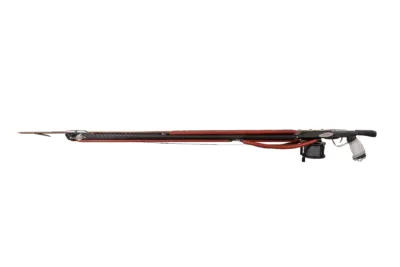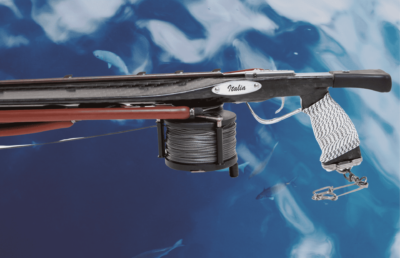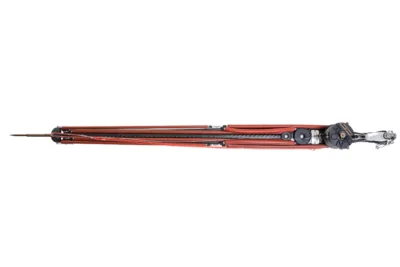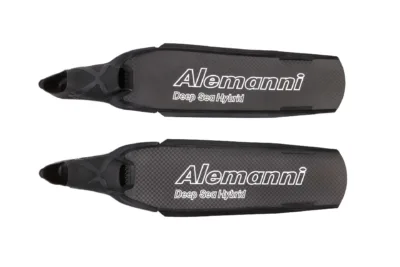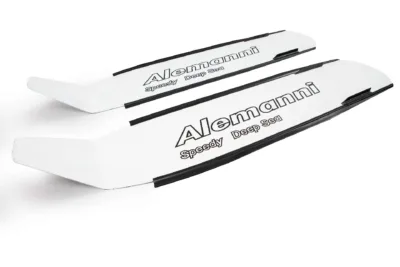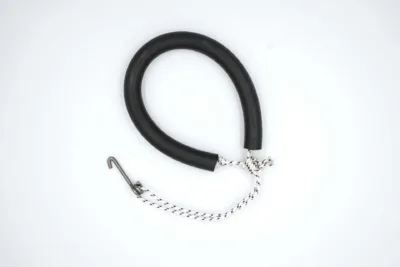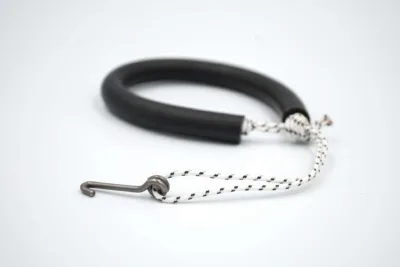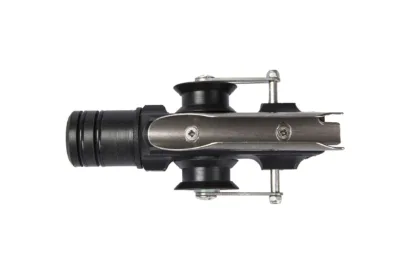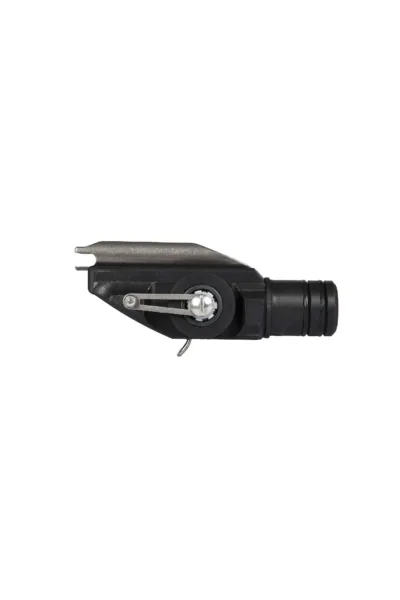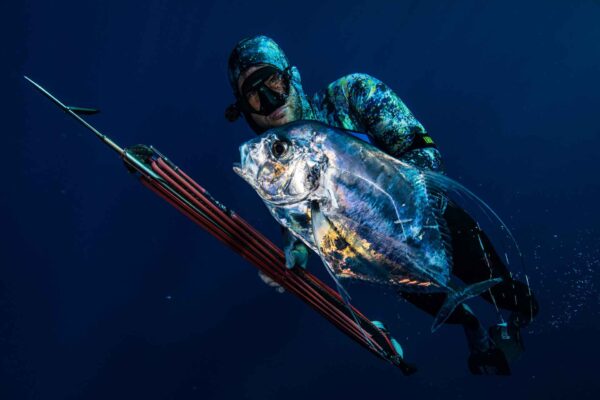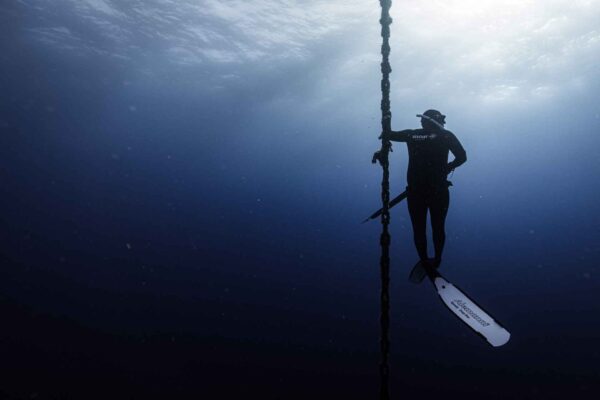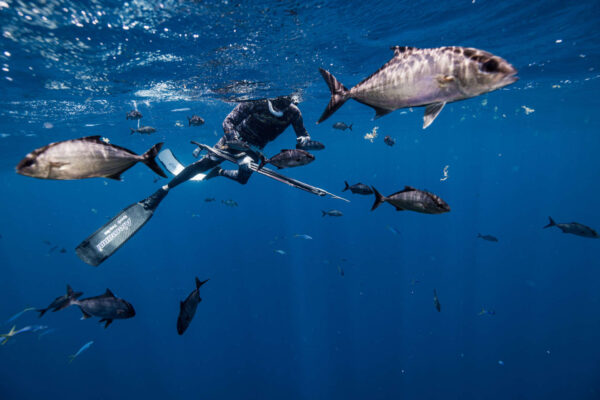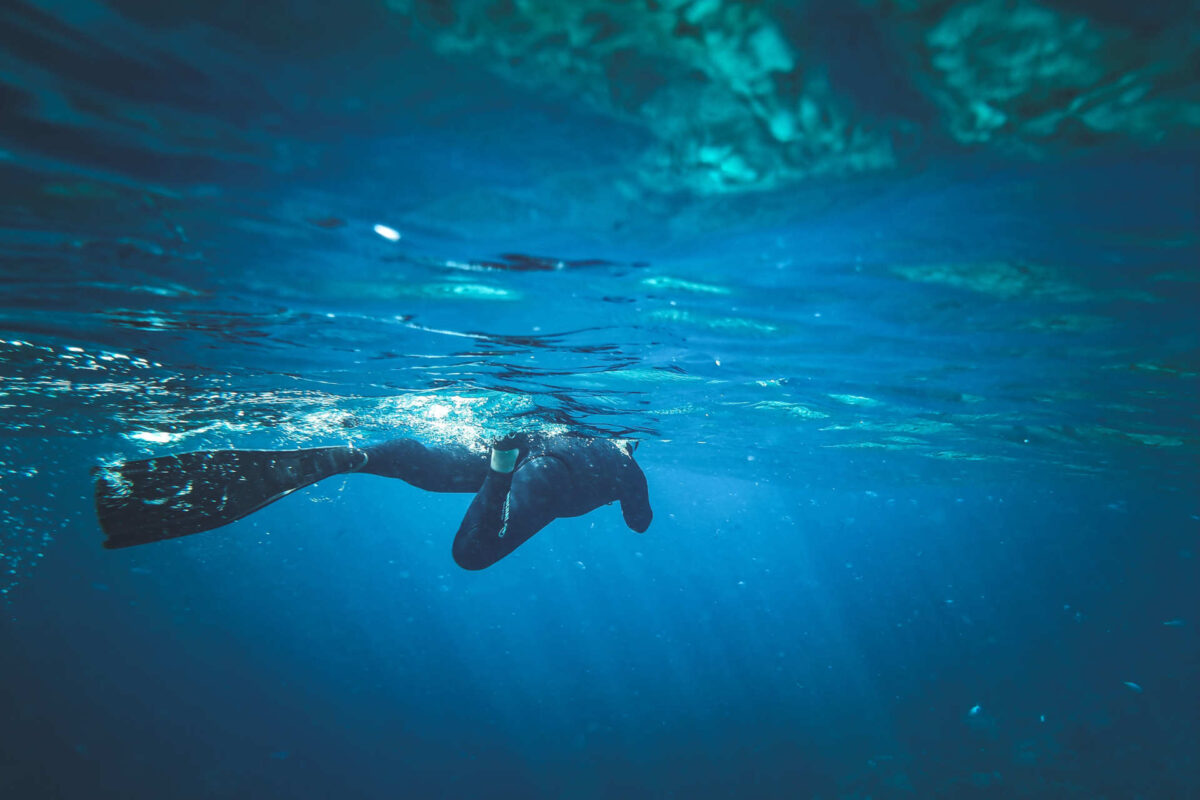Underwater fishing techniques
Diving medicine and the risks associated with diving
Diving medicine and the risks associated with diving
THEimmersione in water is an extremely unnatural condition for the organism and produces important effects on the human body, which can transform into therapeutic processes but also into serious dangers for the health of divers.
La diving medicine deals with the diagnosis and treatment of pathologies related to diving, whether they are in a or with respirators, and the prevention of accidents and illnesses in the water.
What is Diving Medicine?
La diving medicine deals with diagnosing, treating and preventing pathological conditions related to underwater diving. In addition to establishing and evaluating the necessary physical prerequisites to dive, this complex discipline studies the effects of immersion on the body starting from the consequences of water pressure on the body, a physical phenomenon on which most of the underwater pathologies affecting ears, heart and lungs.
From diving medicine comes the hyperbaric therapy, used today for the treatment of various pathologies: the same hyperbaric chamber (o decompression chamber) takes its name from the decompression stops typical of the ascent of divers to the surface.
This particular apparatus used in hyperbaric medicine, which was invented in the early twentieth century by the diver Alberto Gianni, allows the body to be subjected to a pressure higher than atmospheric pressure, recreating the condition experienced underwater.
The effects of immersion on the human body
Decompression in the hyperbaric chamber is used for the treatment of two of the most common pathologies among those who practice diving, i.e. decompression sickness andarterial gas embolism. These two pathologies, which concern practically opposite types of diving, have essentially the same cause: the variation of the pressure to which the gases naturally present inside the human body are subjected.
La pressure causes important transformations in the middle ear, blood circulation and respiration: it is no coincidence that we speak of barotraumatic events, i.e. caused by changes in external pressure.
According to Boyle-Mariotte law, "the volume of a certain quantity of gas varies inversely proportional to the pressure to which it is subjected": this means that going down in depth the volume of gas present in the body and in the equipment gradually compresses, while returning towards the surface it increases .
This applies to everyone the gases present in the blood (oxygen, nitrogen, carbon dioxide), but it is above all thenitrogen to constitute a danger for divers: this gas is in fact inert, and is stored in the tissues as it is, without being transformed by breathing.
Under natural conditions, nitrogen is gradually released as a gas during exhalation. The reduction in pressure that you experience when going up from a dive, however, can cause an excessive release of nitrogen in gaseous form (the so-called nitrogen bubbles), which the diver cannot exhale by breathing and which can lead to gas emboli and organ damage.
Decompression sickness: the dangers of ascent
Most diving-related injuries are caused by barotraumatic events: nitrogen narcosis, CO2 absorption and oxygen poisoning are directly caused by pressure variation, as well as the various pathologies affecting the middle and inner ear.
The two most feared pathologies in the field of diving medicine, however, are decompression sickness, or decompression sickness (DCS) – typical of those who dive with tanks – and arterial gas embolism, which instead affects more frequently those who practice freediving.
Decompression sickness: what it is and when it occurs
La decompression sickness it can occur when you ascend to the surface too quickly or when you don't make the necessary decompression stops during your ascent.
The air contained in the cylinders is in fact composed of 79% nitrogen, the inert gas which, as we have seen, risks being released too violently due to the sudden decrease in pressure.
The image that is most often used to describe the decompression of nitrogen in the body is that of a can containing a very fizzy drink: when the can is opened, and therefore pressure is removed, the gas is released explosively, generating bubbles that the tab is unable to hold and release in a controlled manner.
Diving medicine and apnea: arterial gas embolism
THEarterial gas embolism on the other hand, it concerns more frequently freedivers, and depends directly on the Boyle-Mariotte law. When going from 0 to 10 meters depth, the pressure passes from 1 to 2 bar: this means that while ascending from 10 meters towards the surface the air contained in the lungs doubles in volume, which can lead to laceration of the pulmonary alveoli.
"Never stop breathing" is one of the basic rules of freediving and diving in general: regulate the amount of air contained in the lungs exhaling progressively it serves precisely to balance the pulmonary pressure during the ascent.
The spread of freediving, especially at great depths, has also brought attention to others compensation mechanisms essential for divers, such as those necessary to avoid imbalances charged to the ear, among the most popular especially among less experienced divers.



